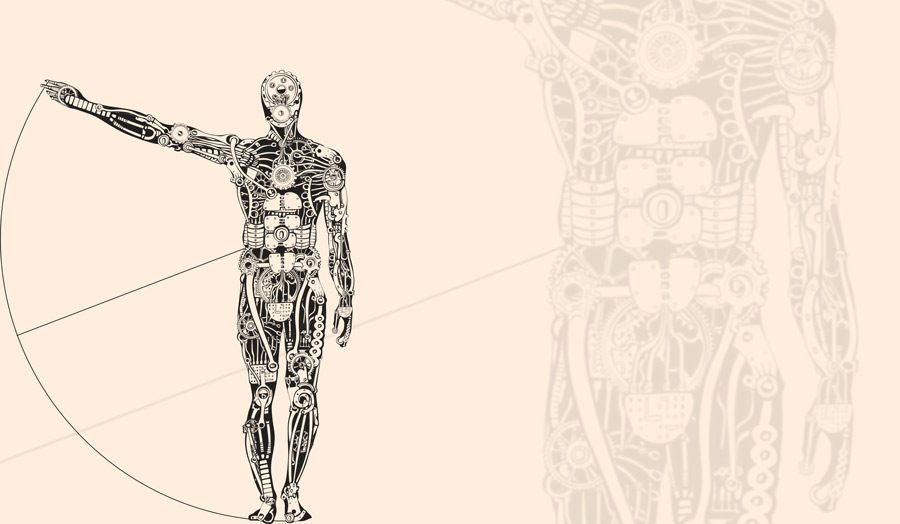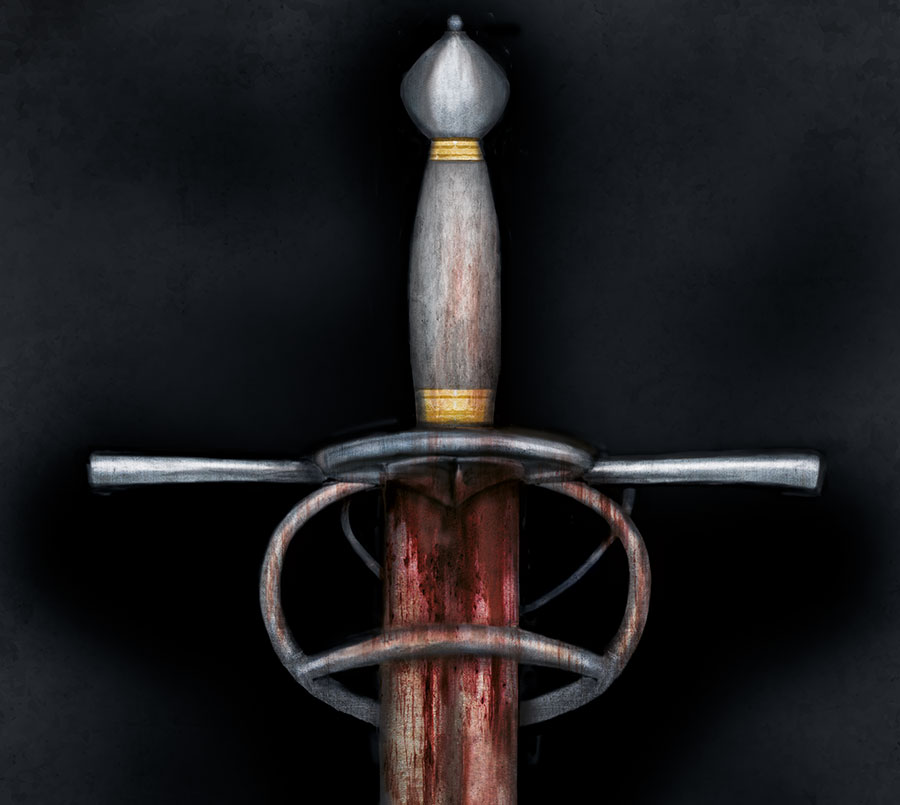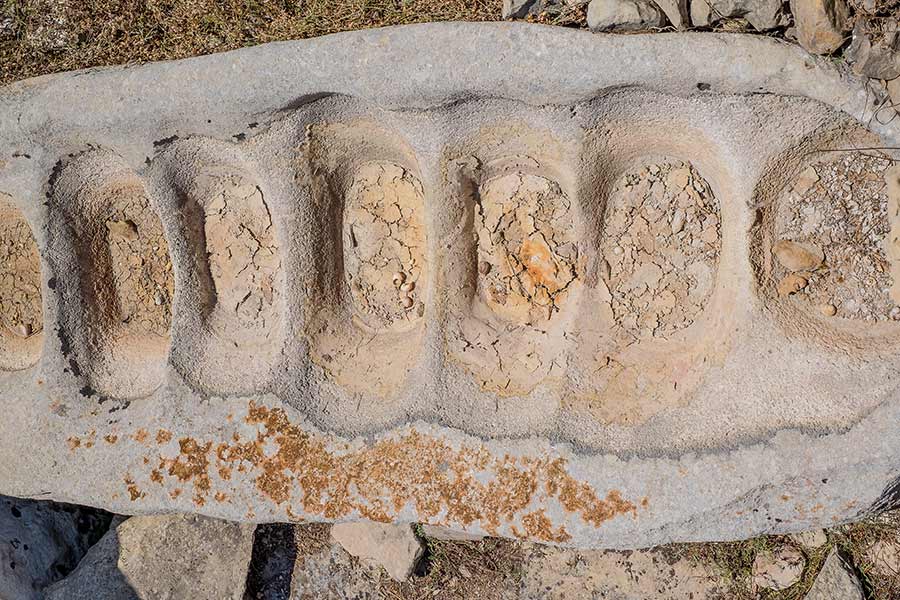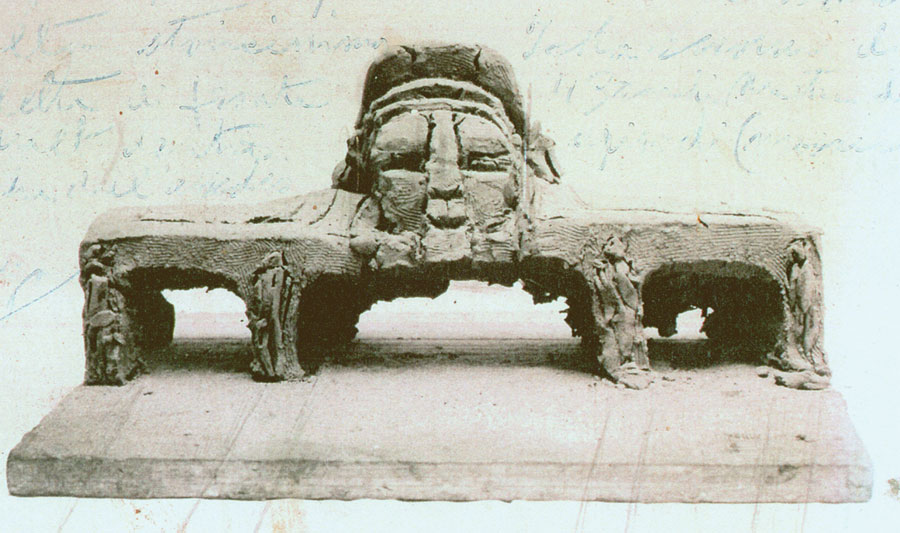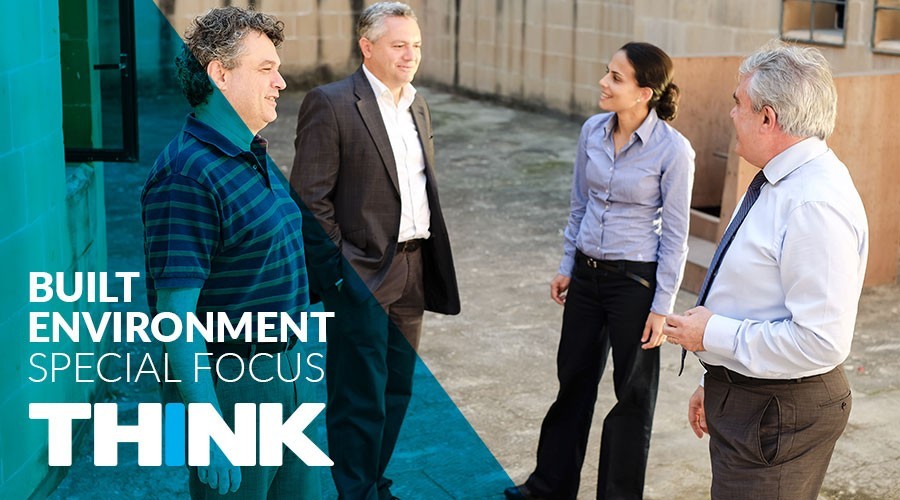Not many Ph.D.s lead to a new programme of studies, but cardiac paediatrician Prof. Victor Grech’s did. His study on Infertility in Science Fiction inspired him and his supervisors, Prof. Ivan Callus and Prof. Clare Vassallo, (University of Malta) to start the HUMS programme: a space for researchers in the humanities, medicine, and sciences to meet and discuss the bridges between these areas.Continue reading
1565 – Was it that great?
A historical discovery does not always equal the unearthing of new documents or artefacts. Sometimes it’s about re-evaluating what we already know. Prof. Victor Mallia-Milanes tells Tuovi Mäkipere more.
Digging up stories untold
Malta’s megaliths have attracted droves of archaeology and history enthusiasts over the years, all clamouring for the rich narrative our little rock has to offer. Shelby Marter talks to Prof. Nicholas Vella and his team as they dig up the past in Kordin and attempt to piece together long lost stories. Photography by Faisal Sadegh and Dr Edward Duca.
Modern European sculpture
French sculptor Auguste Rodin (1840–1917) is the progenitor of modern sculpture. He rebelled against idealised forms in order to express the inner truths of humanity in his artworks. His successors went on to challenge his work, continuing to explore the aesthetic revolution he had started. Key examples include Henry Moore (1898–1986), Alberto Giacometti and the largely undiscovered Swiss sculptor Hans Josephsohn (1920–2012).
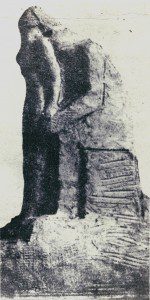
These artists were studied alongside Maltese sculptor Josef Kalleya (1898–1998) at the conference entitled ‘Peripheral Alternatives to Rodin in Modern European Sculpture’ (December, 2015). The international speakers created significant links between works by renowned sculptors and Kalleya, who has been poorly understood by his contemporaries and is unknown outside Malta. Kalleya developed unique methods of creating photomontages alongside the innovative use of a knife to create powerful visceral incisions as a means of moulding his sculptures. He managed to create a new aesthetic.
The conference brought scholars from all over Europe to discuss these and other European sculptors. The scholars debated topics from the mutation of the human form to an artist’s sense of heritage. The event focused on pioneering sculptors who went beyond their current socio-political context. It also helped place Malta’s own Kalleya deservedly on the international map.
The conference and exhibition were organised by the Department of History of Art, Faculty of Arts, University of Malta. The events were convened by Dr Giuseppe Schembri Bonaci and curated by Nikki Petroni. Other participants included Dr Sophie Biass-Fabiani (Musée Rodin, Paris), Dr Jon Wood (Henry Moore Foundation, Leeds), Barbara Vujanović (Atelijer Meštrović, Zagreb), Dr Julia Kelly (Loughborough University), and Ulrich Meinherz (Kesselhaus Josephsohn, St Gallen).
Rumble, rumble, toil and tumble
Parking is a high priority for Maltese homeowners and, as a result of this, garages are becoming compulsory in new buildings. What does this have to do with earthquakes? Dr Claude Bajada meets earthquake engineers Dr Marc Bonello, Dr Reuben Borg, and Perit Petra Sapiano to find out.
Continue reading
